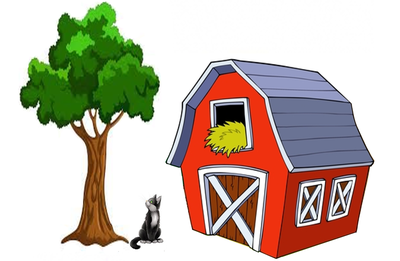How do Chick’s get to me from the Hatchery?
How Baby Chicks make their journey to ypour home.
Much like how Mother Nature gave a newly sprouted plant enough food for the first 2 weeks of life before requiring nutrients, a Baby Chick has 72 hours worth of reserve upon hatching
As part of the hatching process, the baby chick absorbs every bit of reserve yolk from its shell.
It is a natural survival feature that ensures the baby has enough energy to be sustained for several days before having to find food and water.
Packaging is engineered to sustain life in a variety of environments. The boxes hold a certain amount of chicks based on breed because they keep each other warm and healthy just like in an incubator.
There is also a drying process which the Chick’s go through after hatching. This is why chicks normally stay right in the Incubator for 24-48 hours after hatching.
It is imperative to get a stable home environment within 72 hours because the yolk they ate (absorbed) cannot feed them past this time.
They need their beaks dipped in water, food to be available and a heat lamp set appropriately for them to warm up and cool off as they desire.
The heat lamp needs to be located so the Chick’s can walk away from it to cool off if needed.
Most hatchery operations state only a minimal loss of life with Baby Chick’s that are transported in this fashion. It’s how things have been done for almost a century now.
Most hatchery shipping boxes are built for 25, 50 or 100 Chicks. Almost any number between 25 – 100 is good. 35 can be a difficult ship number though. Bigger boxes have dividers and hatcheries know how to pack them properly for the best livability percentage.
At 3 days old a Baby Chick needs to eat every couple hours and have a 95 Degree F home.
Baby Chick’s will not overeat!
Food/Water should be available 24/7 till around 8 weeks old.
Your Brooder area MUST be setup and ready for when you get your chick’s home.
Dip each of their beaks in shallow water, they will learn from each other as well.
Aside from removal from the box and beak dip, let them be the first 24 hours in their new home. They need room to move around and stretch their little legs after being huddled together in their transport box.
As far as the the shipping thing goes………
We were asked about getting 12 Chick’s of 6 Breeds.
That does not really work, they are not marked or identified and must ship in groups of 25 or more to keep warm in their box.
Lots of Chicks look the same, so getting together with someone to meet the 25 minimum means not knowing who is who in a single box till they start feathering out.
We will have some chicks in the store and they will be marked with little leg bands.
Problem is, to get you 2 each of 6, means we need to buy possibly up to 4 boxes of 25.
A black Chick can be mixed with a yellow Chick of one breed no problem.
But worse, a rooster of an unsexed breed might look just like the layer of another breed!
We may have to buy and stock 6 seperate boxes of chicks totalling 150 to get you this, that would also make each Chick $7 – $20 depending on vaccines and shipping!
We are going to try and have variety and affordability but there are logistics which may be complicated!
Our website will show stock of what’s in the Brooder in the store as they arrive.
😀
We have a documents made up for all our new Chick Parents with some tips and checklists for key critical milestones and reminders.
